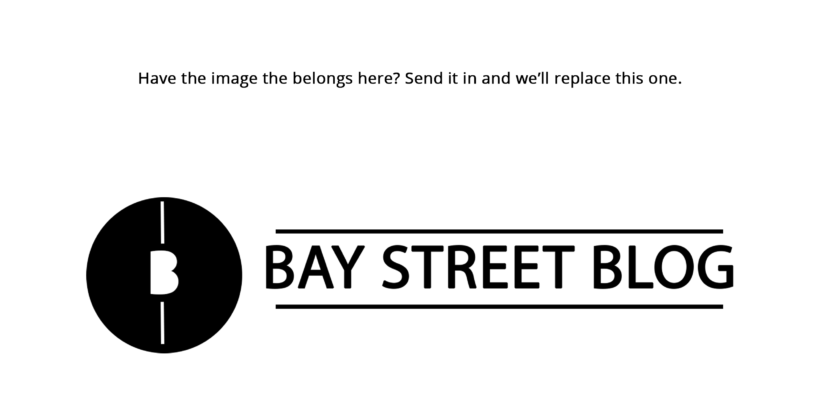Battle Between Bonds and Stocks
Share

Battle between Bonds and Stocks
Dow Jones Industrial Average (DJIA) hit all time highs on Oct 3, few days after NASDAQ and the S&P 500 also hit all time highs. On the same day, the US Government 10-year bond yields had risen to almost 3.2%. The aftermath consisted of global markets selling off and investors flocking to safety as the equity markets started to tumble off all time highs. As bond yields rise, this means that investors enjoy a higher and safer return on their investments. They dump their shares in the equity markets and start purchasing bonds.
What are Bonds?
Bonds are one of the three main asset classes known as fixed-income securities. They are a fixed income investment in which an investor loans money to a corporation or the government and receives a variable or fixed interest rate in return as gains. Bonds are issued for a definite period and assures that when this period is over (called maturity), the investor receives his initial investment plus any interest remaining.
Understanding Bonds
The bond yield is the discount rate of the cash flows. It is the amount of return an investor realizes on a bond. When an investor buys bonds, they essentially lend the bond issuers money. In return, the bond issuers will agree to pay interest on the money borrowed which is profit for the investor. That profit of money investors earn is the yield.
What Caused Bond Yields to Rise?
The primary reason for the increase in bond yields are the interest rates. These interest rates are set by the central bank. Recently, the Federal Reserve System, which is the central bank for the United States, had increased the interest rate from 2.0% to 2.25%. The rise in interest rates caused bond yields to also increase, therefore decreasing a bonds price. This decrease in bond price and increase in yields attracts lots of investors. Rising interest rates also put downward pressure on stocks. Since bond yields went up, investors look to invest in the bond markets as they will get a higher return. They dump their shares in the stock market and switch to bonds.
Markets React to Rising Bond Yields
The Federal Reserve System increased the interest rates on September 26 by 0.25%. Exactly a week later bond yields sharply increased on October 3, leaving investors worrying about these rising yields and interest rates. The US 10-year bond yields rose to a seven year high to 3.245%, left Wall Street in a frenzy.
This rise in the bond yield on October 3 had major effects on the stock market for the next few days. As bond yields rise, investors put their money towards bonds, leaving the stock market. This illustrates that the stocks have only one way to go, down.
The chart above shows us the DJIA sell off after October 3. Stock prices went down rapidly as investors panicked about the interest rates and growth of the economy. They wanted a safer investment and as bond yields rose, they preferred a safer return. This sell off continued for the week ahead, and with earnings season in October, this only made it worse for the American markets.
This sell off included the NASDAQ and S&P 500 to take some major hits as investors were left with nothing but tensions about the growth of the economy as a result of the rate increase.
You may also be interested in: Why Should You Trade in the Forex Market?
Writer: Saket Patel
Disclaimer: All investing can potentially be risky. Investing or borrowing can lead into financial losses. All content on Bay Street Blog are solely for educational purposes. All other information are obtained from credible and authoritative references. Bay Street Blog is not responsible for any financial losses from the information provided. When investing or borrowing, always consult with an industry professional.









Bay Street Blog Newsletter
Click here to subscribe for a financial savvy experience.
Please check your email to confirm subscription!